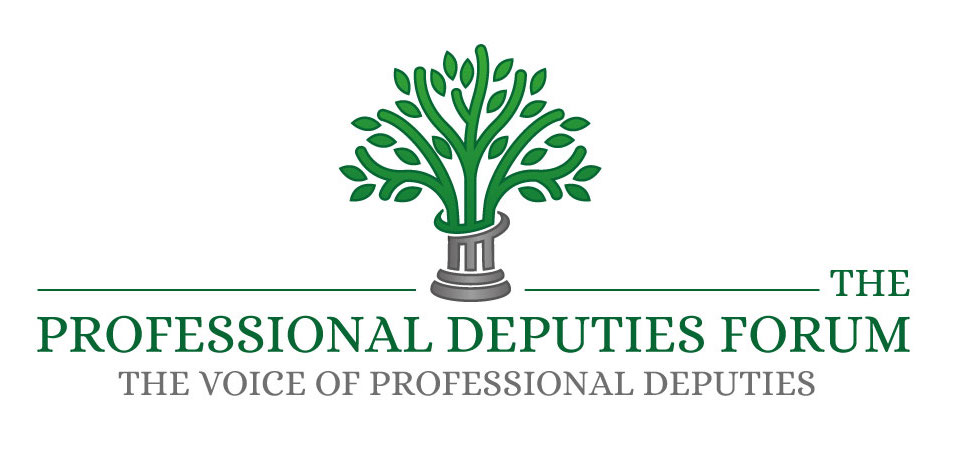The VRS believes that often a vulnerable consumer is the “best expert” in understanding their own vulnerability.
While everybody can be vulnerable – and, indeed, most people do experience vulnerability at some point in their lives, most of us, most of the time, do our best to ignore the possibility. The VRS wants to help to remove the stigma of vulnerability. Nobody plans to become vulnerable and few people self-identify as being vulnerable. The experience of vulnerability is unpredictable, and crucially vulnerability can be short or long term and can change over time.
Consumers in vulnerable circumstances may be significantly less able to represent their own interests, and more likely to suffer harm than the average consumer. Vulnerability is characterised by a range of emotional and practical consequences, including a lack of perspective, poor decision-making, an inability to plan ahead and foresee problems, and changing attitudes towards risk-taking.
These effects can all play a role in consumers’ experiences with firms and financial products and services at many different stages of their customer journey, and can make the individual more susceptible to detriment. The VRS allows vulnerable consumers at any given time to share their wishes with Users of the Vulnerability Registration Service, for a period of time of their choosing.
It is important to remember that the Vulnerability Registration Service does not replace creditor’s responsibilities for identifying and counselling vulnerable consumers, but provides a ‘decision agnostic’ platform for consumers and lenders as an additional safeguard for consumers during their period of vulnerability.
The VRS acts as an accompaniment to a creditor’s already implemented vulnerable consumer strategies. Read our quick guide to the VRS here.












